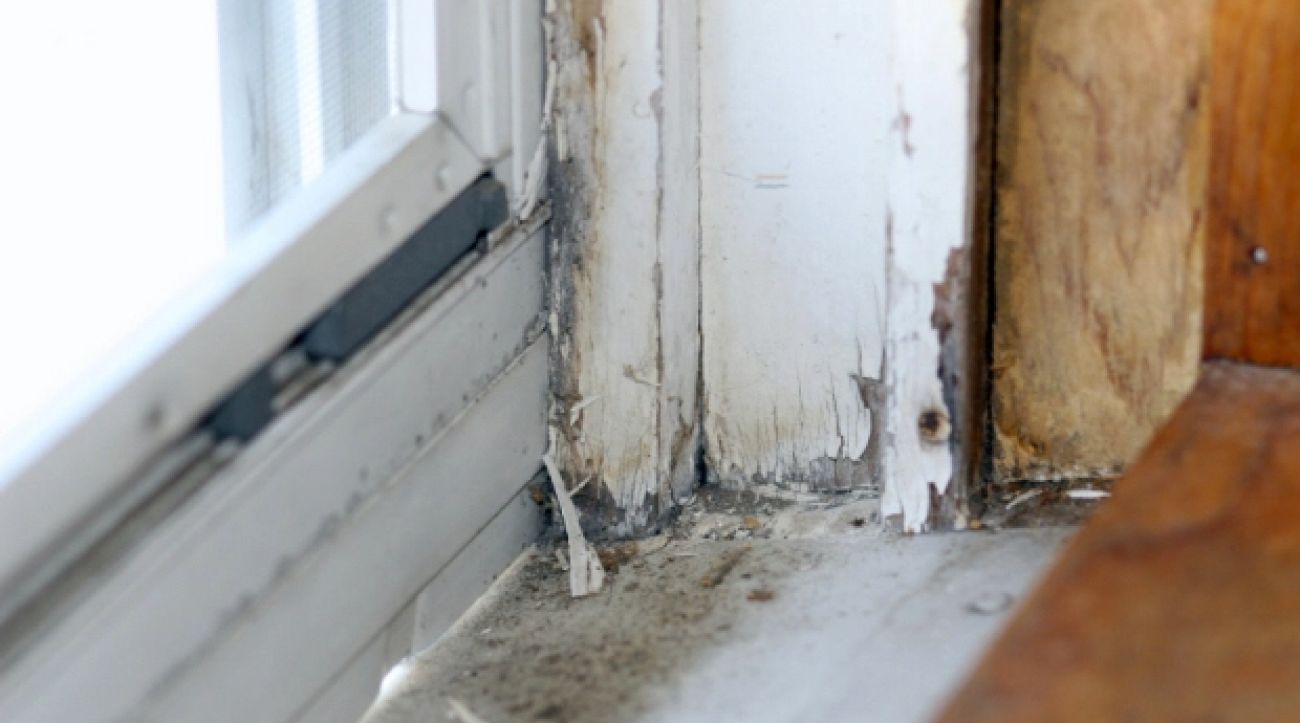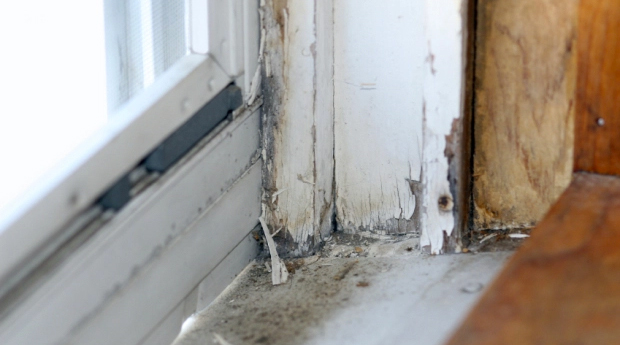Far from Flint, lead remains an irreversible scourge

Across Michigan, in cities large and small, lead poisoning continues to plague children, limiting them in school and on the playground.
While much of the state’s focus on lead has rightly been on lead-poisoned water in Flint, the metal continues to turn up annually in the bodies of thousands of children across the state, at percentages well above the numbers that raised red flags in Flint.
Elevated blood-lead levels are seen in a higher percentages of children in parts of Grand Rapids, Jackson, Detroit, Saginaw, Muskegon, Holland and several other cities, proof that the scourge of lead has not been eradicated despite decades of public health campaigns and hundreds of millions of dollars spent to find and eliminate it.
“This is still an issue. It’s not going away,” said Dr. Eden Wells, chief medical executive of the Michigan Department of Health and Human Services.
Many in the state were shocked earlier this year by the findings in Flint: After a steady decline in lead levels, they began to rise in 2014 after the city switched its water source from Lake Huron to the Flint River. That change in water supply, experts say, triggered the increase in lead poisoning because more corrosive river water may have stripped lead from older pipes and led it into the drinking supply.
That uptick in Flint, noted by researchers, is what finally forced state officials to confront the dangers in the city’s water. Five percent of the Flint children tested had elevated levels of lead, though certain parts of the city had much higher percentages.
Now consider lead exposure rates in some other parts of Michigan:
- In Detroit, five ZIP codes had over 700 children test positive in 2013, or nearly 15 percent of the 4,910 children tested.
- In Grand Rapids, nearly one in 10 children of those tested in five ZIP codes tested positive.
- And in Ludington, nearly 13 percent of the 229 children tested in 2013 registered elevated lead levels.
“We do have areas in our state and areas in our country where children are at risk,” Wells said. “We’ve got to do as much as we can.”
In Flint, crisis prompted rise
Flint’s unfolding water crisis this year once again brought to the fore a danger long known to rob children of cognitive and physiological function and impulse control. High levels of lead found in students in the Detroit Public School system have been linked to that city’s notoriously low test scores.
In the 48206 ZIP code on the westside of Detroit, 20.8 percent of the 701 kids tested had elevated levels in 2013, the most recent year tested.
In much of the state where lead is a problem, the source of poisoning has been the traditional culprits: old lead paint on homes built before 1978, lead residue in dust and soil. Young children are particularly susceptible because of their proximity – on the ground – to the most common sources of lead. They crawl on their hands, pick up dust and dirt and put their hands in their mouths.
Because of the well-documented dangers of lead, pediatricians are constantly testing children. “And every week there are more kids on” a weekly statewide report on elevated lead levels, said Paul Haan of the Healthy Homes Coalition of West Michigan, which works to eliminate household dangers to make children safer and healthier. Parts of Grand Rapids have some of the highest concentrations of children with lead, he said.
The most recent report had 90 children on it.
Constant struggle
Taking a broader, longer-term view, far fewer Michigan children are testing positive for lead poisoning in recent decades. In 2012, 4.5 percent of those tested in Michigan showed elevated lead levels, more than five times less than the 25.6 percent a decade earlier.
In 2013, the percentage sank to 3.9 percent. But that is still nearly 5,700 children under 6 who were tested. Each had lead levels above 5 micrograms per deciliter. (Though no amount is considered safe, 5 micrograms is the threshold that experts say constitutes a “much higher” level than most children.)
The impact on children’s nervous system and brain are obvious to parents and teachers: children who cannot stay on task, retain information or progress academically and socially. Even low amounts of lead can steal points from a child’s intelligence – cognition they cannot get back; lead poisoning is irreversible.
Some researchers have suggested the overall reduction of lead levels in recent decades, mainly from the elimination of lead in gasoline, explains the decline in violent crime in the United States and elsewhere. But in those children where lead exposure is still found, the implications remain profound and heart-breaking.
Kieya Morrison is a preschool teacher in Detroit, and a former veteran kindergarten teacher. Recently, she had a young girl in her class who had elevated levels of lead in her system (teachers are apprised of health issues with children).
Learning was difficult for the girl and Morrison often would go over and over simple shapes: This is a triangle, this is a square. But for this girl, it was a constant struggle.
“She had cognitive problems. She had trouble processing things,” Morrison said. “She could not retain any of the information.”
At her preschool in Detroit, where the teacher-student ratio was one to eight, Morrison was able to give the girl more attention and “catch her” when she fell behind.
Morrison said she feared what happened to the girl – her family moved out of the area after preschool – once she got to kindergarten and first grade, where there could be just one teacher for every 30 students.
“You really get lost,” Morrison said of the older grades. “There’s nothing to catch you.”
Solving the problem
In addition to federal and state money, foundations are pouring money into programs across Michigan that help pay for eliminating lead sources in older homes when a family cannot afford to pay for such work. Progress remains slow. In the last 10 years, those programs have paid for lead abatements in 1,500 homes across West Michigan. Yet an estimated 60,000 homes need lead abatement just in that region, said Haan, of the Healthy Homes Coalition of West Michigan.
Even quantifying the extent of the problem is difficult. A 1998-2000 study estimated that 38 million homes in the United States had lead-based paint and 24 million had “significant lead-based hazards.” In many cases, homeowners eliminate the danger themselves when they repaint a home or replace older plumbing fixtures.
But in many places where the housing stock is the oldest and incomes the lowest, dangers persist; places such as Detroit and Muskegon. That’s where foundations and HUD have poured money into tackling a problem that continues to confound.
Though the state also has its own program to help pay for abatement, its budget is limited. Over the last year, 180 homes have qualified through the state program, said Wells, the state’s chief medical executive.
In addition to the discontinuation of lead in gas, much of the decline in lead levels in recent decades is attributed to changes in construction materials – lead paint was banned in 1978 – and public health activism. The state reaches out to parents and healthcare providers and provides information on where families can turn for help.
Pediatricians are encouraged to test all children ages 1 and 2 for lead and it is required for Medicaid patients. If there is a positive test, the results are confirmed with another blood test. Family and home histories are taken – the source of lead could be from a parent’s workplace or from the home.
Haan said lead is treated as a medical problem yet the impact extends far beyond a blood test. Beyond cognitive and physiological scars, it’s toxicity has been correlated to long-term effects that impact society at large, from wages, to higher incarceration rates and the welfare system. More needs to be done to eliminate the problem before a child tests positive.
“The problem is,” Haan said, “we’re still using kids as lead detectors.”
See what new members are saying about why they donated to Bridge Michigan:
- “In order for this information to be accurate and unbiased it must be underwritten by its readers, not by special interests.” - Larry S.
- “Not many other media sources report on the topics Bridge does.” - Susan B.
- “Your journalism is outstanding and rare these days.” - Mark S.
If you want to ensure the future of nonpartisan, nonprofit Michigan journalism, please become a member today. You, too, will be asked why you donated and maybe we'll feature your quote next time!


 Michigan children are often exposed to lead found in paint in older homes. While there are numerous programs to help families abate the lead threat in their homes, the problem remains widespread.
Michigan children are often exposed to lead found in paint in older homes. While there are numerous programs to help families abate the lead threat in their homes, the problem remains widespread. Dr. Eden Wells, chief medical executive with the Michigan Department of Health and Human Services, says lead exposure remains a serious problem across much of the state.
Dr. Eden Wells, chief medical executive with the Michigan Department of Health and Human Services, says lead exposure remains a serious problem across much of the state. Paul Haan, of the Healthy Homes Coalition of West Michigan, said children with elevated lead levels in Grand Rapids are commonplace.
Paul Haan, of the Healthy Homes Coalition of West Michigan, said children with elevated lead levels in Grand Rapids are commonplace.